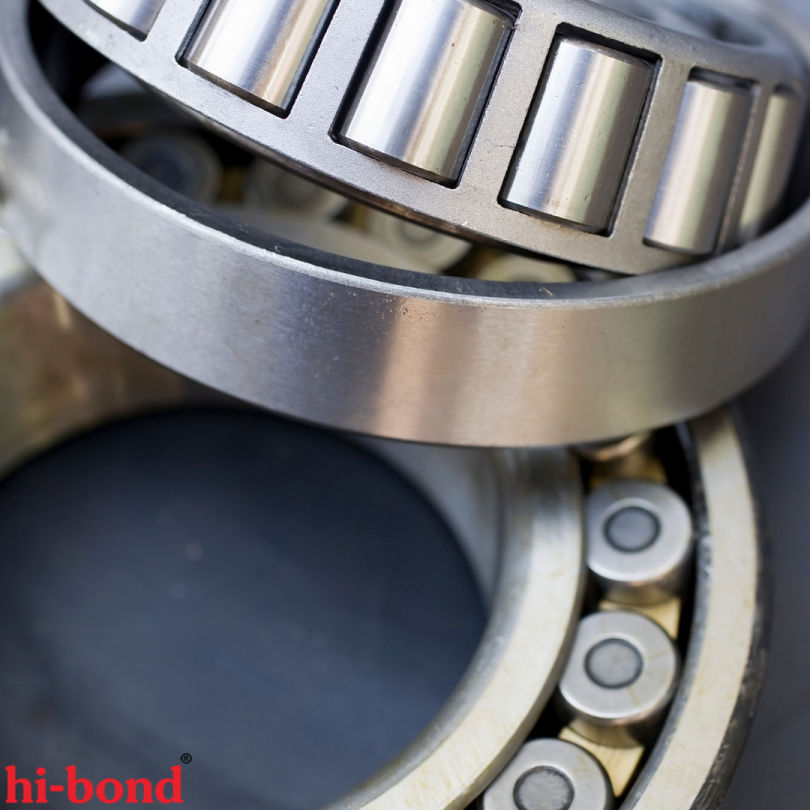Marine engines have essential element main bearings. Know their different types and properties from the bearing manufacturing company.
Main bearings are an essential element of a marine engine. They are responsible for converting sliding friction into rolling friction. The bearings help the crankshaft to rotate freely and power a ship's propeller sufficiently.
In this context, the main bearings hold a high significance. It's essential for marine engineers and on-board technicians of bearing manufacturing companies to have a knowledge and basic understanding of the marine diesel engine component. So they can know what they are dealing with regularly.
Let's look at different types of main bearings used in marine engines and their supportive properties that allow them to perform functions.
Forces applied on Bearings
A ship engine comprises heavy rotational parts that exert forces on various parts of the engine crankshaft. The significant load-bearing part of the system is the main bearings. They are subjected to multiple forces that include:
- Gas pressure is generated inside the liner.
- Dynamic inertial forces due to various rotating motions of engine parts.
- Centrifugal forces due to other rotating motions of engine parts.
- Friction occurs between crankshaft and bearing due to engine vibration.
The main bearing bushing is thus designed to handle various forces and the crankshaft rotating at high speed. The material used in making the bearing from bearing manufacturers is essential to support the crankshaft. The engine bearing cannot be able to do the work alone. They need a lubricating oil to handle the load and allow the rotation of the crankshaft journal smoothly. The lubricating oil enables the main bearing to withstand particles that create friction between journal and bearing.
Types of the main bearing
In the maritime industry, three famous types of main bearings are used for both impulsion engines that are usually 2 stroke engines, and power generation engines which are 4 stroke engine as follows:
Lead Bronze Bearing:
These bronze sleeve bearings consist of four layers.
Flash layer: It is the topmost layer made up of tin and lead. It is used to shield the bearing from dust and corrosion when not in use. This flash layer flashes off when a bearing is running.
Nickel barrier: This second layer is made of nickel. Its primary function is to prevent corrosion and avoid the diffusion of tin into bearing metal.
Lead Bronze: This layer is composed of lead bronze that has a tremendous anti-seizing property. And it is the main component that acts as a bearing out of all layers.
Steel Back: It is the last and supporting back part of the bearing used for shape and support over which all layers are bound together.
Bi-metal Bearing:
Aluminium Tin: The first layer of bi-metal bearing consists of AI and Sn, that is the main element of this type of bearing.
Bonding Layer: It consists of aluminum. The bonding layer's main function is to have a good bond between the shell and the topmost layer.
Steel back: It is used as a part for support and shape.
Bearing and bushing suppliers provide this type of bearing used in 4 stroke engine main bearings.
Tri-metal Bearing:
These tri-metal bearings from the bearing manufacturer consist of three main layers and a steel back. It consists of -
Flash Layer: It is the topmost layer made up of tin and lead. It is used to protect the bearing bushing from corrosion and dust when not in use. It flashes off when the bearing is in motion.
Overlay: The second overlay layer is made up of white metal that is the primary component of this bearing. Its thickness is 20 microns.
Interlay: This is the third layer used as an anti-corrosive layer for overlay. It is 5 microns thick.
Lining: Inlining layer between interlay and steel back made up of lead and bronze with a thickness of 1 mm.
Steel Back: The steel backing part is used for shape and support.
Properties of main bearings materials
Main bearing bushings are required to have certain properties that support them in their function. These properties can be attributed to the inherent properties of the material used in bearing manufacturing company construction.
- The bearing material is anti-corrosive so that it can avoid corrosion.
- It has an excellent load-bearing capacity.
- The bearing has good running-in and grinding-in ability.
- They are frictional resistant, so it has minimum energy loss between bearing and journal.
- They are supportive of the oil film that allows smooth rotation.
- Bearing material should not react to lube oil.
- They have embeddability properties, so small particles can embed in the bearing surface without harming the journal pin.
- They have excellent compressive and tensile strength.
- To avoid any damage, they have a thermal-resistant property.
These are the unique set of properties the main bearing must have to perform the desired function sufficiently. Look out for these properties and replace them before it's too late.
Bottom Line:
The ship's propeller rotation's power is determined by the marine engine's ability to rotate the crankshaft. In contrast, the crankshaft is the main engine supporting and connecting to the connecting rod via main bearings. The primary function is to transmit the load without any metal contact. You can achieve this by choosing special materials from a bearing manufacturing company. The bearing floats the journal pin of the rotating crankshaft when the lubricating oil is supplied to it.





